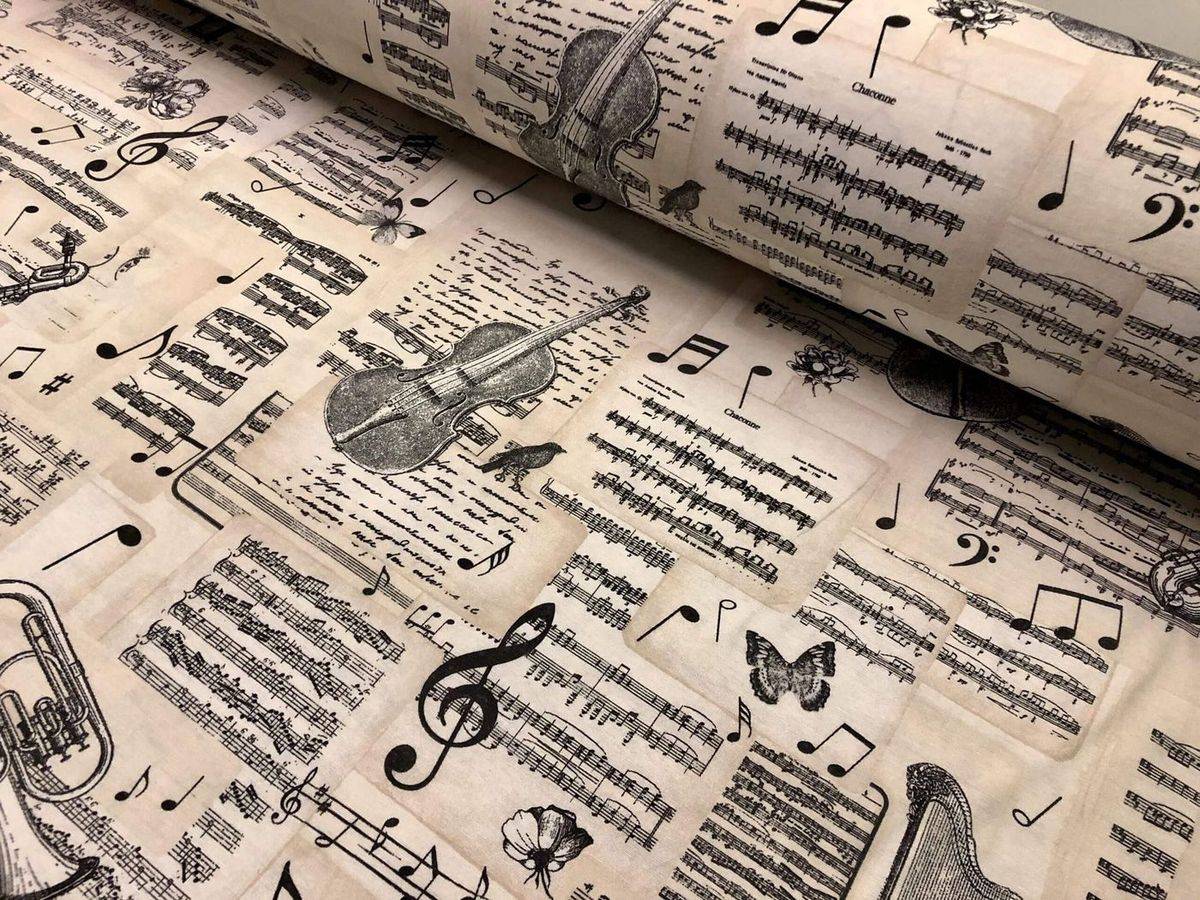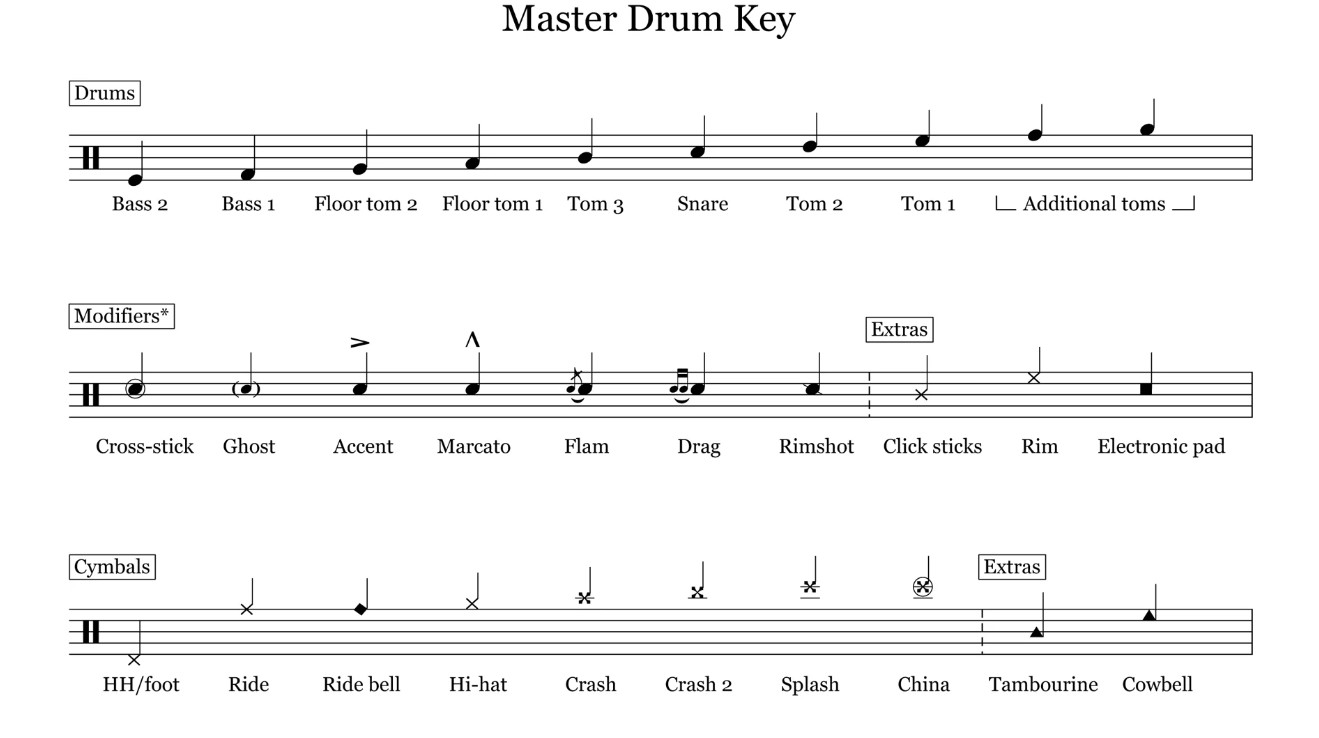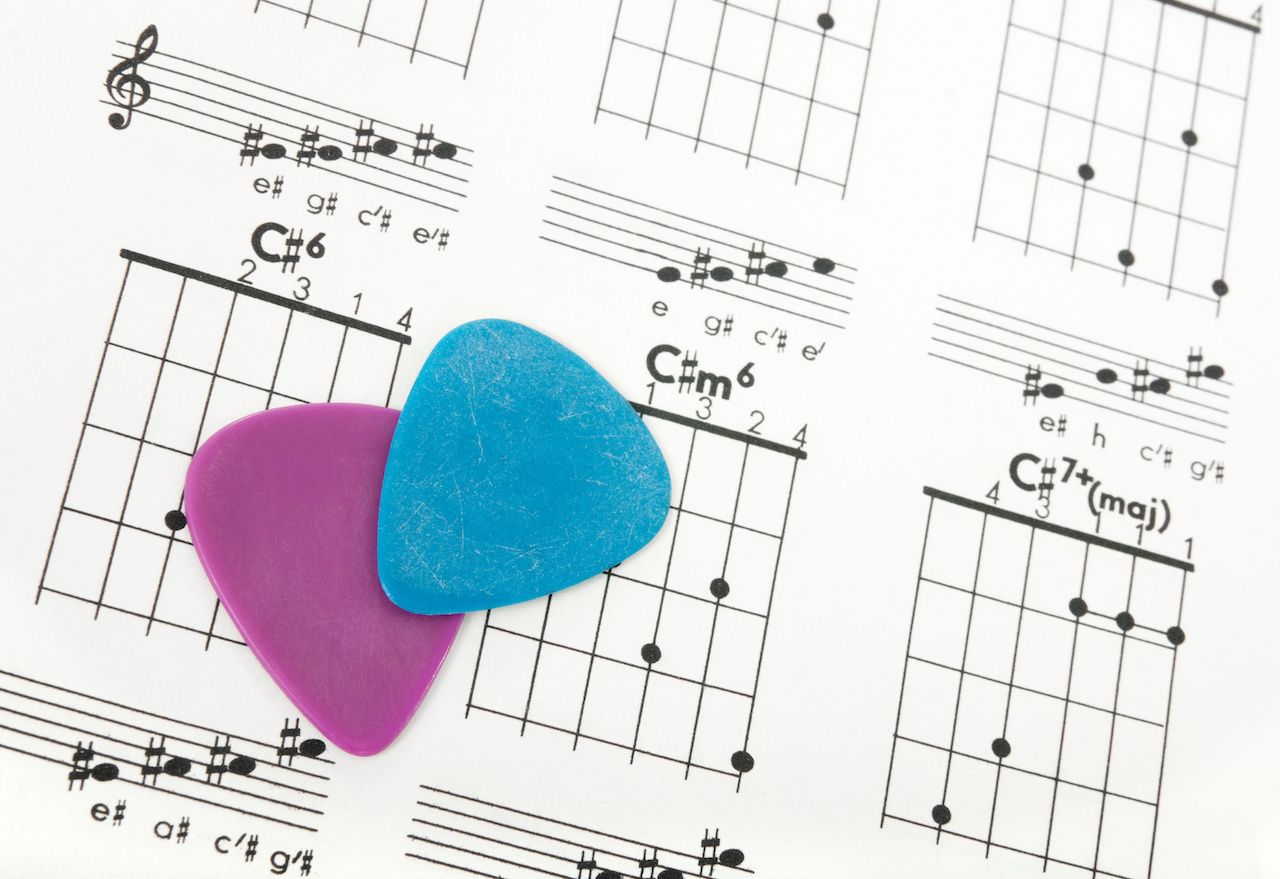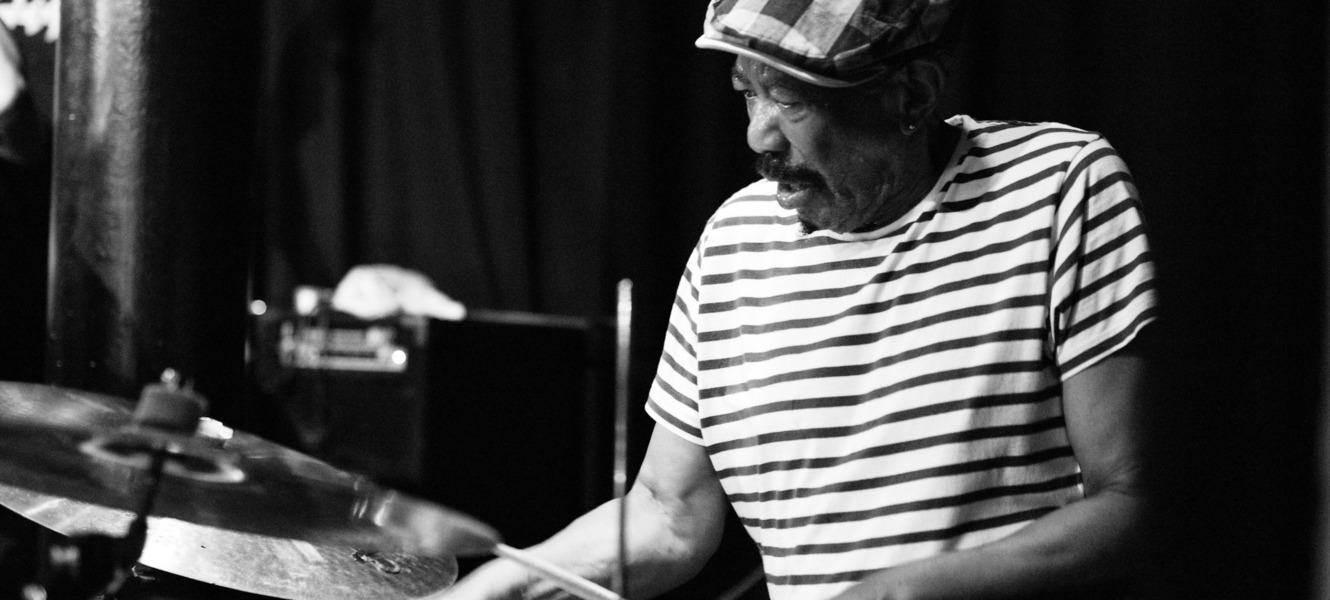Home>Events & Info>Note>What Note Comes First On Sheet Music
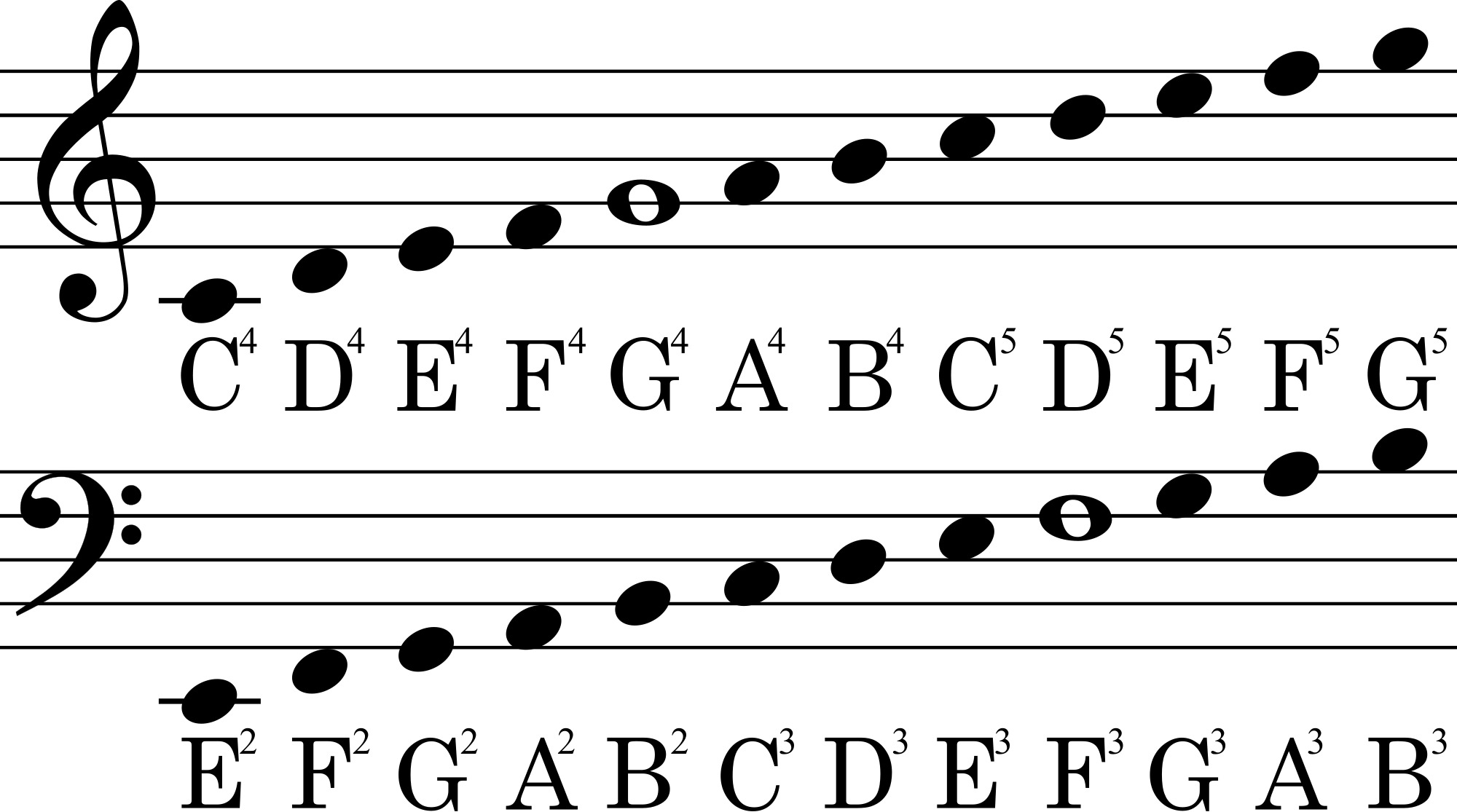

Note
What Note Comes First On Sheet Music
Modified: February 9, 2024
Learn which note comes first on sheet music with our helpful guide. Discover the basics of musical notation and start reading sheet music like a pro.
(Many of the links in this article redirect to a specific reviewed product. Your purchase of these products through affiliate links helps to generate commission for AudioLover.com, at no extra cost. Learn more)
Table of Contents
Introduction
Sheet music is like a language that musicians use to read and interpret musical compositions. It is a written representation of the notes, rhythms, and other musical elements that make up a piece of music. When looking at a piece of sheet music, one of the first things you may notice is a series of lines and spaces with symbols placed on them. These symbols represent different musical pitches, or notes.
Understanding how to read and interpret sheet music is essential for musicians of all levels. It allows them to play music accurately and expressively. However, for beginners, deciphering sheet music can be daunting. One of the first questions that often comes up is, “What note comes first on sheet music?”
In this article, we will explore the basics of sheet music notation and help you understand which note comes first on sheet music. We will guide you through the staff, the musical alphabet, and the concepts of sharps and flats. By the end, you will have a solid foundation for reading and interpreting sheet music.
Understanding Sheet Music
Sheet music serves as a visual representation of a musical composition, providing musicians with the necessary information to perform a piece accurately. It consists of various musical notations and symbols that communicate pitch, rhythm, tempo, dynamics, and other musical elements.
The foundation of sheet music is the staff, which is a set of horizontal lines and spaces. The staff provides a framework for placing musical notes and symbols in a specific order. The lines and spaces of the staff represent different pitches, with higher pitches positioned on higher lines and lower pitches on lower lines.
Another key element of sheet music is the clef, which indicates the range of notes and their corresponding pitches. The most commonly used clefs are the treble clef (G clef) and the bass clef (F clef), each serving different musical ranges.
To accurately read sheet music, it is crucial to understand the musical alphabet, which consists of the letters A through G. These letters represent specific musical pitches and serve as the foundation for identifying and locating notes on the staff.
Additionally, sheet music often includes various symbols and notations, such as time signatures, key signatures, dynamics markings, slurs, accents, and more. Each of these symbols conveys important instructions and expressions that shape the performance of the piece.
By familiarizing yourself with the staff, clefs, musical alphabet, and other sheet music notations, you will be better equipped to navigate and interpret any piece of music that comes your way. Let’s dive deeper into the specifics of these elements and uncover the mystery of the first note on sheet music.
The Staff and Clef
The staff is the foundation of sheet music, providing a visual framework for organizing musical notes. It consists of five horizontal lines and four spaces, with each line and space representing a specific pitch. These lines and spaces are numbered from bottom to top, with the bottom line representing the lowest pitch and the top line representing the highest pitch.
One of the most common clefs used in sheet music is the treble clef, also known as the G clef. It is typically found in music written for instruments like the piano, violin, flute, and trumpet. The treble clef circles around the second line of the staff, indicating that this line represents the note G above middle C. Therefore, notes written on and above the treble clef generally fall within the higher range of musical pitches.
For instruments with lower registers like the cello, bass guitar, and trombone, the bass clef is used. The bass clef, also known as the F clef, wraps around the fourth line of the staff, establishing that this line represents the note F below middle C. Notes written on and below the bass clef are typically in the lower range of musical pitches.
By indicating the range of notes, the staff and clef facilitate the process of reading and playing sheet music. They provide a visual guide for musicians to identify the pitches they need to play or sing. Understanding the staff and the clef associated with a specific instrument is fundamental to interpreting sheet music accurately.
Now that we have a grasp of the staff and clef, let’s explore the musical alphabet and how it relates to locating the first note on sheet music.
The Musical Alphabet
The musical alphabet is a set of letters that represents specific musical pitches. It consists of the letters A through G, which correspond to the white keys on a piano keyboard. These letters form the basis for identifying and naming notes in sheet music.
Starting from the note A, the musical alphabet progresses sequentially through the letters B, C, D, E, F, and G. After reaching G, the cycle repeats, with the next note being A again, but in a higher pitch octave. This pattern continues indefinitely, allowing for a wide range of musical pitches.
Each note in the musical alphabet represents a specific pitch, and these pitches are placed on the staff in a specific order. The notes A, B, C, D, E, F, and G are represented by the lines and spaces of the staff. The lowest line represents an E, the next space above is an F, the next line is a G, and so on.
It’s important to note that the musical alphabet does not include sharps or flats. These additional symbols modify the pitch of a note, raising or lowering it by a half step. Sharp (#) raises a note by a half step, while flat (♭) lowers it by a half step.
By understanding the musical alphabet and its relationship to the staff, you can begin to identify and name specific notes on sheet music. This knowledge is essential for finding the first note on sheet music, which we will explore next.
Finding Middle C
When it comes to locating the first note on sheet music, one important reference point is Middle C. Middle C is a specific pitch that serves as a fundamental landmark in music notation.
But where exactly is Middle C located? On a piano keyboard, Middle C is the C note that is roughly in the middle of the keyboard. Visually, it is the C note that is positioned closest to the middle of the piano. Middle C is also often referred to as C4 because it is the fourth C note on an 88-key piano.
In terms of its placement on the staff, Middle C is generally notated with a specific line or space. Instead, it is indicated by a small ledger line, a short horizontal line placed below the main staff for notes that fall below or above the range of the staff. This ledger line indicates that the note being written is Middle C.
Being familiar with the position of Middle C is crucial because it provides a point of reference for navigating the staff in both the treble clef and bass clef. It helps to establish an understanding of where other notes are located in relation to Middle C and aids in reading and interpreting sheet music accurately.
Now that we have located Middle C, let’s dive into understanding how notes are named and represented on the staff.
Note Names on the Staff
Now that we understand the staff, clefs, and the musical alphabet, we can delve into how notes are named and represented on the staff. Each line and space on the staff represents a specific note, and understanding their names is essential for reading sheet music.
In the treble clef, notes are represented on the lines and spaces as follows:
- The bottom line represents the note E
- The first space represents the note F
- The second line represents the note G
- The second space represents the note A
- The third line represents the note B
- The third space represents the note C
- The fourth line represents the note D
- The fourth space represents the note E
- The fifth line represents the note F
For the bass clef, the note names on the lines and spaces are as follows:
- The bottom line represents the note G
- The first space represents the note A
- The second line represents the note B
- The second space represents the note C
- The third line represents the note D
- The third space represents the note E
- The fourth line represents the note F
- The fourth space represents the note G
- The fifth line represents the note A
It’s important to note that the notes on the staff follow a sequential order based on the musical alphabet. By memorizing the note names associated with each line and space, you can quickly identify and locate specific notes while reading sheet music.
Additionally, notes can be written above or below the staff using ledger lines. These short horizontal lines extend above or below the staff to represent notes that fall outside the regular range of the staff.
The ability to identify and name notes on the staff is a fundamental skill for reading sheet music accurately. As we continue our journey, we will explore the concepts of sharps and flats and their influence on note names and pitch.
Sharps and Flats
In addition to the standard note names represented by the lines and spaces on the staff, music notation also includes sharps (#) and flats (♭) to indicate a modification in pitch. These symbols alter the pitch of a note by raising or lowering it by a half step.
A sharp symbol (#) placed before a note raises the pitch by a half step. For example, if a note is written as C♯, it means that the note C is raised by a half step, resulting in a slightly higher pitch. Similarly, a flat symbol (♭) placed before a note lowers the pitch by a half step. For instance, if a note is written as E♭, it means that the note E is lowered by a half step, resulting in a slightly lower pitch.
Sharps and flats can be found in the key signature of a piece, which indicates the specific sharps or flats that are consistently applied throughout the composition. By understanding the key signature, musicians can anticipate and know which notes are naturally sharp or flat without needing individual symbols for each occurrence in the sheet music.
When a sharp or flat is used in a measure outside of the key signature, it is indicated with an accidental. Accidentals are temporary symbols that alter the pitch of a note within a specific measure. They only affect the note they are attached to and are valid only for that measure unless they are cancelled by another accidental.
By incorporating sharps and flats into sheet music notation, composers and arrangers are able to create rich and nuanced musical compositions that explore a wider range of tonal possibilities.
Understanding the influence of sharps and flats on note names and pitch is vital for accurately reading and interpreting sheet music. Now that we have explored these concepts, let’s move on to key signatures and their role in understanding the first note on sheet music.
Key Signatures
In sheet music, the key signature is a set of sharps or flats placed at the beginning of a staff. It indicates the key of the composition and which notes are naturally sharp or flat throughout the piece. Key signatures provide valuable information to musicians, allowing them to anticipate and play the correct notes without needing individual sharps or flats placed before each occurrence.
Key signatures can be major or minor, and they are represented by specific patterns of sharps or flats. Major key signatures typically follow the circle of fifths, adding sharps or flats in a specific order. For example, the key of G major has one sharp (F♯), while the key of D major has two sharps (F♯ and C♯). On the other hand, minor key signatures also have their own unique patterns of sharps or flats but are typically based on the relative major key.
By understanding the key signature of a piece, musicians can quickly identify which notes are naturally sharp or flat throughout the composition. This knowledge saves time and allows for smoother and more accurate performance of the music.
Key signatures play a crucial role in determining the tonal center and overall mood of a musical piece. They provide a framework for composers to establish a specific musical language and explore melodic and harmonic possibilities within a particular key.
When it comes to finding the first note on sheet music, understanding the key signature can provide valuable clues. The key signature helps establish the tonal center and can indicate which note is likely to be the starting point of the composition.
Now that we have examined key signatures, let’s move on to discovering the first note on sheet music.
The First Note on Sheet Music
When it comes to determining the first note on sheet music, several factors come into play. The key signature, the clef, and the specific composition all contribute to identifying the starting note. Let’s explore how these elements work together.
The first step is to look at the key signature. Key signatures provide a clue as to which note is likely to be the starting point of the piece. For example, if the key signature has one sharp, it is likely that the first note will be the note one half step above that sharp. Similarly, if the key signature has three flats, the first note may be the note three half steps below the last flat.
Next, consider the clef in which the sheet music is written. The clef determines the range of the notes and can provide further information about the starting note. For instance, in the treble clef, the first line represents the note E, so the first note may be E or a note close to it. In the bass clef, the first note may be G or near it, as G is represented by the note on the bottom line.
Another factor to consider is the composition itself. The composer’s intentions and the overall context of the piece can influence the choice of the first note. For example, a composition may start with a specific interval or a repeated motif that sets the tone for the music.
Taking all these elements into account, it is important to carefully observe the sheet music, paying attention to key signatures, clefs, and any additional annotations provided by the composer. Utilize your knowledge of note names, the musical alphabet, sharps, flats, and ledger lines to locate the potential starting note.
Remember, sheet music is like a musical roadmap, and the first note sets the journey in motion. By understanding the various components and utilizing your musical knowledge, you can confidently find and interpret the first note on sheet music.
With these insights, you are now equipped to tackle the challenge of identifying the first note on sheet music with accuracy and confidence.
Conclusion
Understanding sheet music notation and being able to identify the first note on a piece of sheet music is a crucial skill for musicians of all levels. By familiarizing yourself with the staff, clefs, musical alphabet, and the concepts of sharps and flats, you have developed a solid foundation for reading and interpreting sheet music.
Sheet music serves as a visual language through which musicians can communicate and perform musical compositions. The staff and clef provide the framework for placing musical notes in a specific order, while the musical alphabet and key signatures allow us to name and identify those notes accurately.
Key signatures play a significant role in setting the tonal center and establishing the overall mood of a musical piece. By recognizing and understanding the key signature, musicians can anticipate the natural sharps or flats and play the correct notes throughout the composition.
Locating the first note on sheet music involves considering the key signature, the clef, and the specific context of the composition itself. By carefully observing these elements and utilizing your musical knowledge, you can confidently identify the starting note and begin your musical journey.
Remember, reading sheet music is a skill that develops with practice. The more you engage with sheet music and apply your understanding of notation, the more proficient you will become in interpreting and performing musical compositions.
So, whether you are a beginner just starting to explore sheet music or an experienced musician looking to refine your skills, the ability to identify the first note on sheet music is an essential tool in your musical toolbox. Embrace the joy of reading and playing sheet music, and let it open up a world of musical possibilities for you.



